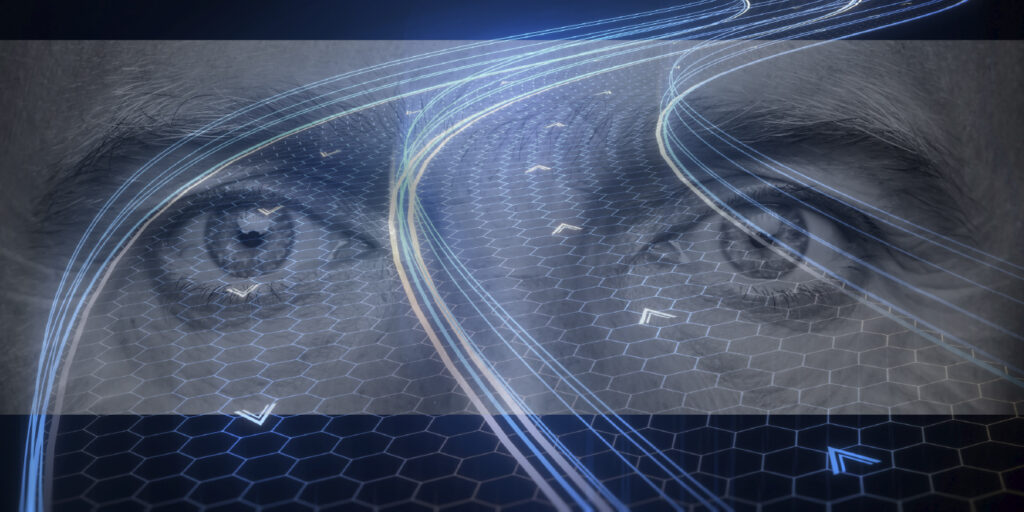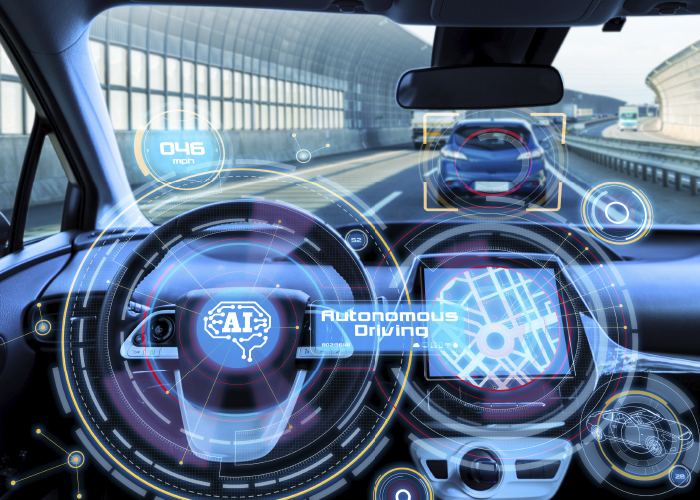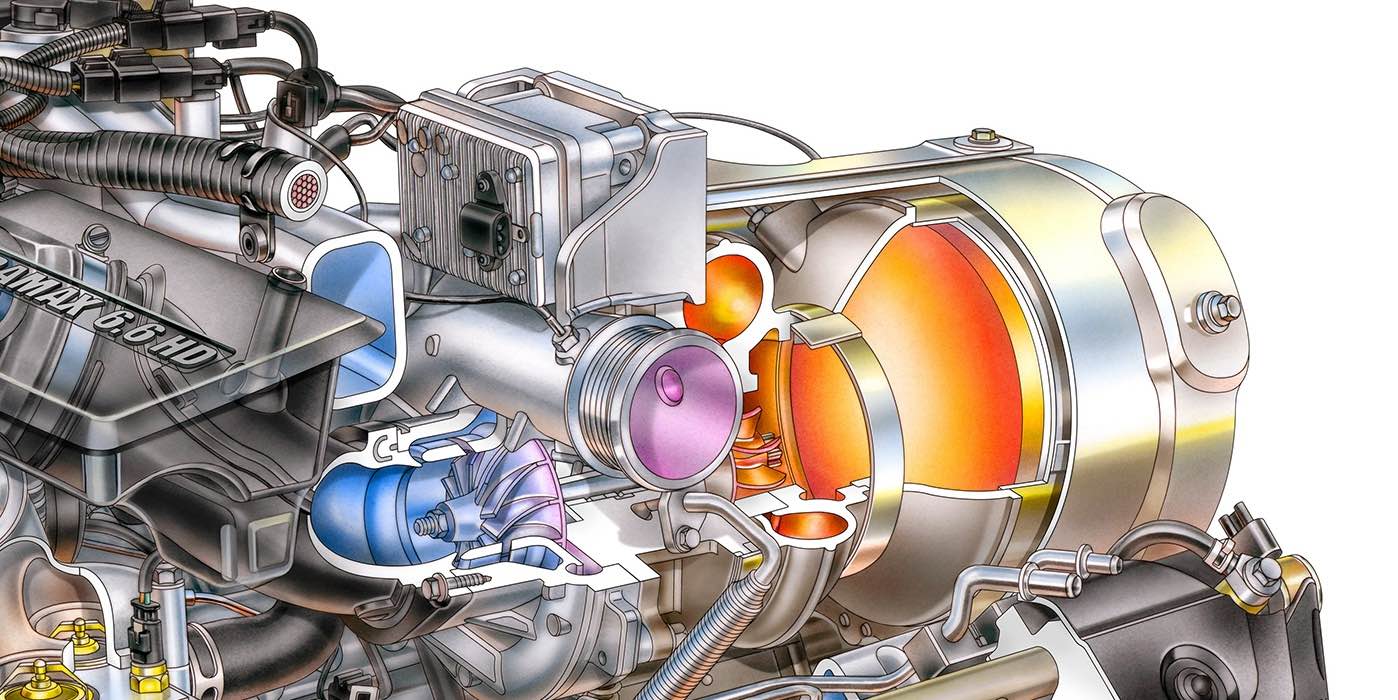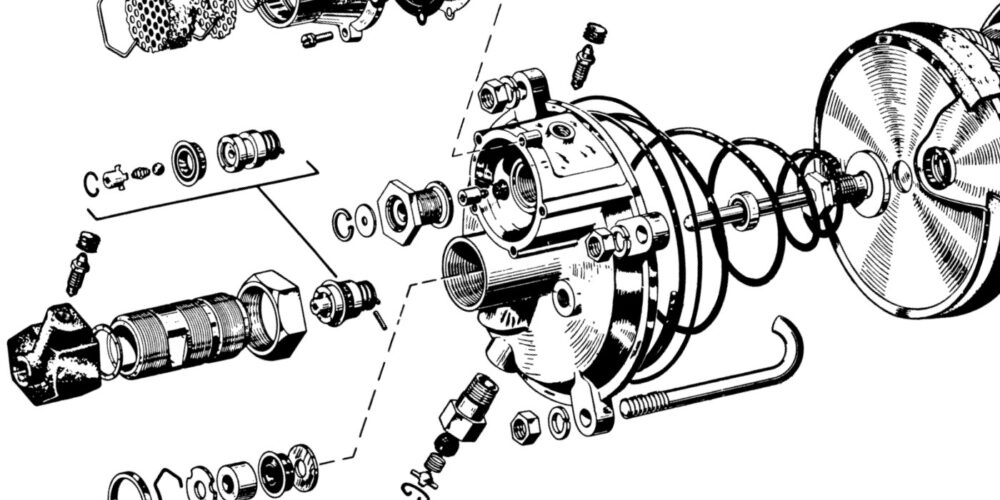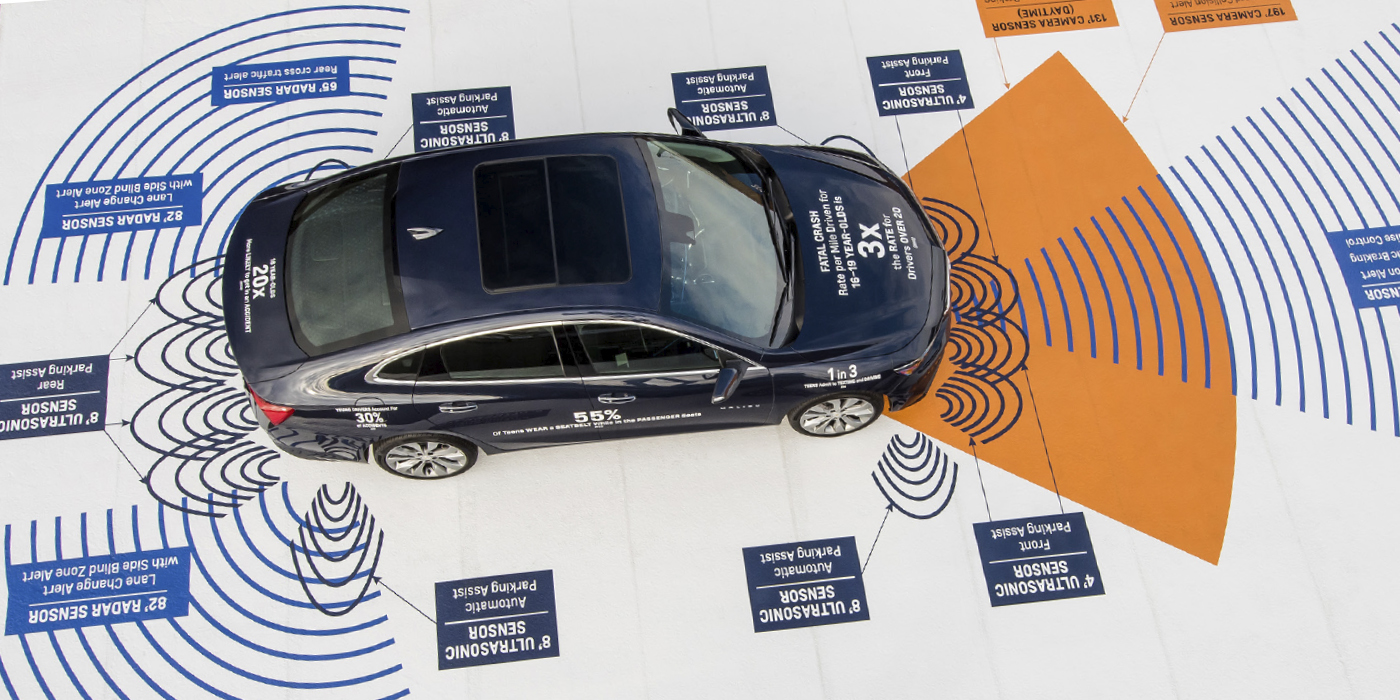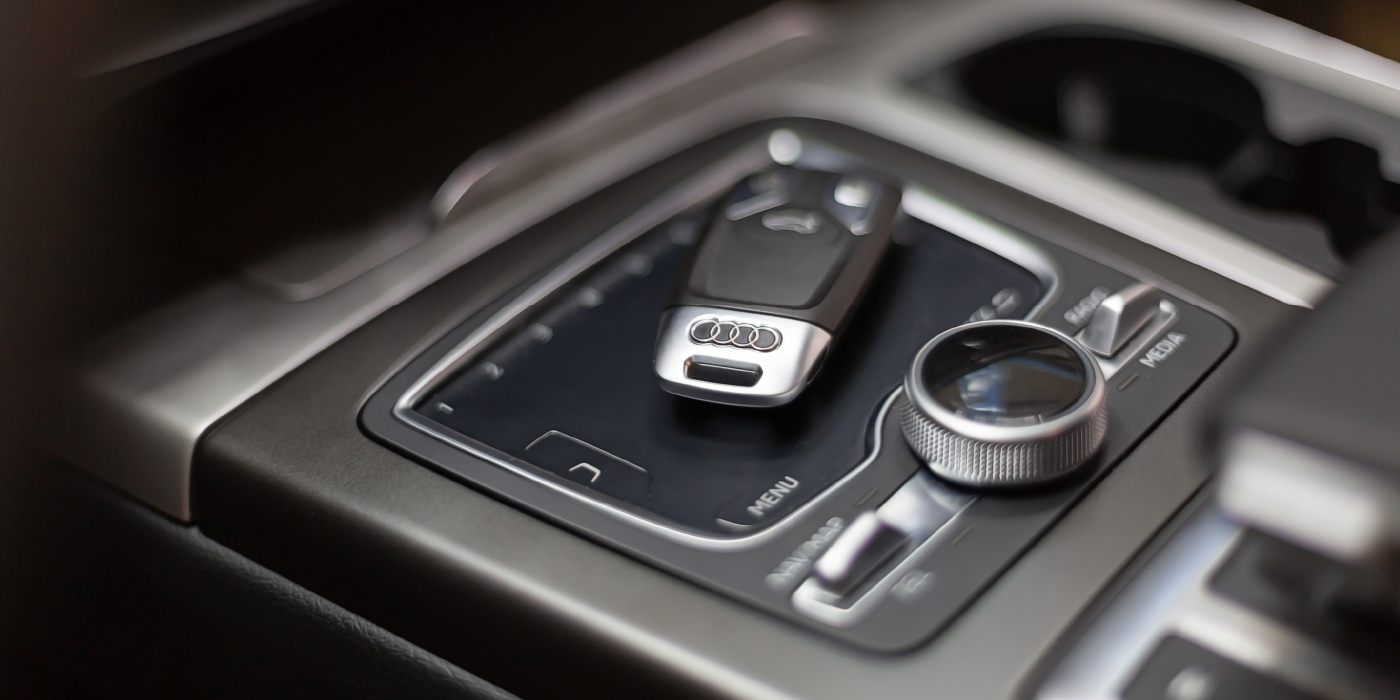Take some time to think about what you are doing when repairing advanced driver-assistance system (ADAS) electronics on a vehicle. A vehicle that was not calibrated at all or calibrated incorrectly creates the same hazards not only to the driver of the vehicle you repaired, but also to other drivers and families on the road.
I hope this is a sobering thought to all who are reading this. I’ve heard people compare returning a vehicle to a customer that has not been calibrated correctly, to giving the keys to an impaired driver. I know that may sound extreme, but think about it. The vehicle reacts to what its “senses” are telling it. If those senses are impaired, the reaction to hazards will be wrong or a reaction will occur that should not have. We’ve already started seeing the consequences of these sensor impairments.
Changing Your Perspective
Vehicles today are being given the ability to make decisions about environmental changes and challenges in roads. The battle to assist drivers when distracted or physically challenged, and react to those hazards correctly, is what ADAS is all about.
This is all being achieved with advancements in technology. For example, faster communication between computers and control modules with sensors that can see and almost feel the road, giving the vehicle almost human abilities to see and sense the road. They have given the vehicle eyes by using cameras and given it depth perception by using radar and lasers. Radar has also given vehicles an awareness of its surroundings. Parking sensors serve as fingers to feel around the vehicle. Algorithms that are becoming more complex today as far as how much information can be processed and at what speed the vehicle can react to that information are increasing the use and growth of electronics in vehicles.
Our perspective in the repair industry needs to change. Just fixing the metal and paint is no longer the main focus of repairs; equally important are the electronics. Knowing when to do an electronic procedure in our industry and what procedure is needed is still a misinformed combination of assumptions and old-school thought. Educating yourself, your shop, repair partners and the vehicle owner to the vehicle’s electronic repair needs is as important as any other repair procedure you will do.
When to Research
We still find ourselves arguing if a pre-repair scan is needed or not (it is). How do we know when an initialization or calibration is needed? Where do I find that information? What do I do? What equipment is needed? How much time?
We also have learned that the dealers who sell the vehicles are not helping. That’s a whole other article, and it adds to the list of questions. Who do I trust to give me correct information or to do the procedure correctly? I will be honest, there are companies and/or technicians who should not be working on vehicles – some by ignorance, some who don’t care. You better know who you’re trusting to do the work on your customers’ vehicles. You’re betting their lives and other people’s lives on it. This is why research into the procedures needed to complete repairs correctly is a critical aspect of all repairs.
Here is the abbreviated version of the first steps to take with vehicle electronics:
- Identify ADAS features.
- Identify repair procedures of vehicle physical damage.
- Identify procedures for parts being replaced, such as sensors and control modules.
- Post-scan the vehicle when complete.
- Test drive or drive cycle to activate all systems on the roadway. Verify operation.
- Check for reoccurring codes.
Identify
We all need to be able to identify ADAS features in vehicles. I have not found any magical universal device code or system yet that will accurately identify by VIN every ADAS feature in a vehicle. If there is one, please let me know about it. Until then, we will have to physically look at the vehicle and identify all of the components. Once we have identified ADAS features on the vehicle, we can break down whether calibrations will be needed to correctly complete repairs. There are three general things to consider:
- Connectivity
- Angle
- Attitude
CONNECTIVITY: Any time the connectivity between a sensor and module or module to computer is severed, you need to document if a calibration is called for or not. This could be from a cut or crushed wire, to a damaged connector, to just unplugging the connector. Any time a connection is interrupted, the vehicle needs to verify that the sensor is working correctly. The most common reason for failed calibrations is the sensor did not get plugged in or did not get plugged in correctly. Sensors often get put in wrong locations or upside down. It is not just about replacing parts; it is also about human error or environmental variables.
ANGLE: What will be done that could possibly change the sensors or component angle? What happens when you change a sensor one degree? Aim a laser at a wall 20 feet away, then place a business card under that laser pointer, tilting it. You will see the dot move. Now, picture this 100 meters down the road. That sensor is now aimed at a bridge deck or the lane of approaching traffic. This is also true of cameras and radars. One degree may be enough where the child walking in the street is not identified or the motorcycle in your blind spot is missed. One degree may not sound like much but, in the world of electronics, one degree means a great deal.
The vehicle electronics assume the sensors are correct in the way they “see” or operate. The vehicle cannot tell you that a bracket is bent. A calibration can be successful to an incorrect angle due to the fact that, in some cases, a calibration is a relearning process. You are identifying with a target where the center or specific point is to the vehicle’s algorithm in the computer. If you’re wrong, so is the algorithm. This becomes crucial when the structure is changed as part of a repair like a radiator core support or subframe. Why? Because you may have changed the angle when attaching that bumper or camera. It’s not about if you did change the angle; it’s about the possibility that you did. We need to verify that it did not change. A sensor that is impaired by an incorrect angle can have many consequences ranging from an unhappy customer to a catastrophe.
ATTITUDE: No, we’re not talking about your attitude toward ADAS; we’re talking about the vehicle’s attitude to the roadway (datum plane). To do a calibration correctly, the vehicle and targets must be on the same datum plane. This is why vehicle manufacturers have guidelines on how to measure and verify that your floor is level. Failure to verify that the floor is level before completing the calibration creates the possibility of an impaired sensor operation.
This is the same for the ADAS to operate on the roadway. Many factors such as the pitch of the vehicle, as well as the yaw rate and vehicle ride height are factored in for sensors and computers to process information correctly. This is why you see some vehicle manufacturers require the removal of “items of weight” from cargo areas or have specifications on fuel requirements for calibration processes. These things can alter the pitch of the vehicle. Any damage, alterations or procedure that could or will change the vehicle’s pitch or yaw to the roadway may require a calibration. This explains why wheel alignments and suspension damage repair are common requirements for the calibration of crash-avoidance ADAS components.
But Wait, There’s More
There are so many more factors to address here, but I can only offer guidelines on what to do. Each vehicle manufacturer does things differently and changes the game every day. You must look up procedures for every vehicle to perform repairs correctly. Don’t assume the process to repair a vehicle from one year to the next is the same, or even is the same for all models from one manufacturer. Initializations and programming will also be a part of a repair facilities’ future as replacing components will always occur during collision repairs. One thing you need to know: there is only one set of rules to follow for any vehicle repair, and that is the manufacturer’s guidelines.

